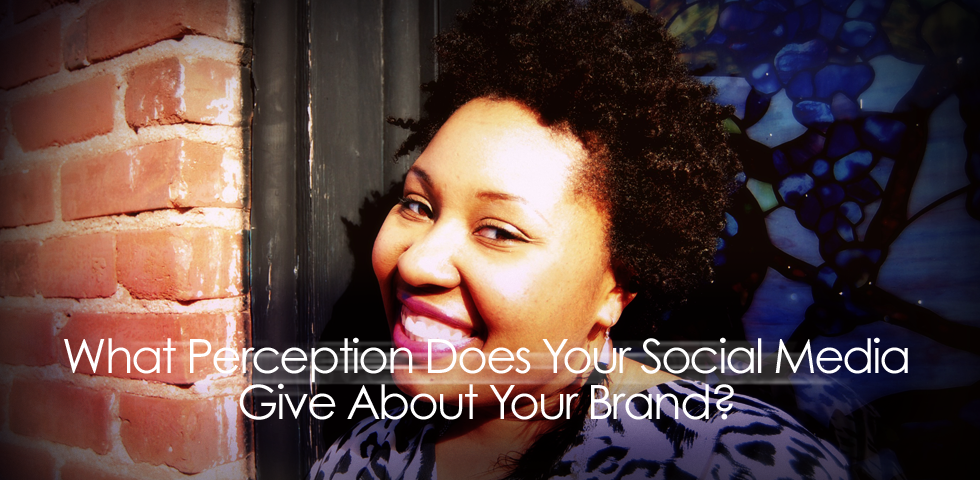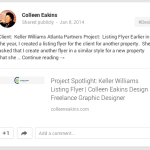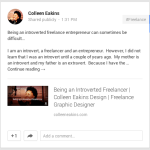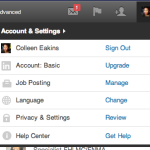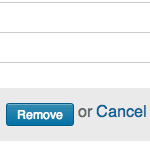Lack of Engagement is like Giving a Customer the Cold Shoulder
I feel that it is very important for businesses that market in the digital arena to be engaging with their audience. If you use social media, respond and interact with your audience as opposed to just posting. If you use your blog as a marketing vehicle, respond to comments and shares of your posts. If you are listed on review sites like Angie’s List, Yelp or Kudzu and you receive a bad review, try to reach out to that consumer to see how you can make things better.
Sometimes people see digital marketing methods or business practices as a bit impersonal and cold, but it does not have to be. I truly believe that it is possible to show a human side, engage, interact and really connect with people without physical contact. Maybe I feel this way because I am an introvert and consider myself to be pretty good at forming strong bonds digitally. Too me, the digital sphere is no different than the physical one. If someone said “hi, I like your blouse” to me in real life, in the physical world; I would respond kindly with a “thank you” and probably a bunch of gibberish about how I found it at a thrift store, which one, on which sale day…I digress. The point is that I would engage with them. They took a moment of their time to reach out and pay me a compliment, to let me know that they noticed something about me and they liked it. They did not have to do this.
If I had ignored them, I would have been giving them the cold shoulder and probably a negative impression as to who I am as a person. This is the same for businesses and anyone that markets in the digital spectrum. Respond, comment, connect and engage. My (digital) friend Tracy over at Tracyville, wrote a post on responding to blog comments here that I thought was pretty good (check her out!). She hit the nail on the head when she mentioned how it makes people feel to be responded to or not responded to. We as marketers, have to be mindful to stay “human” and practice the same principles of physical interactions with our digital ones.
Colleen Eakins is a dynamic and creative individual that possess a knack for great design. With over 15 years of experience in the field of graphic design, Colleen is able to effectively brand her clients with great design pieces. Her motto is: “Anyone can make a pretty picture, but is it effective? Will it make your customer buy your product or use your services? My design tries to answer with a YES!”



